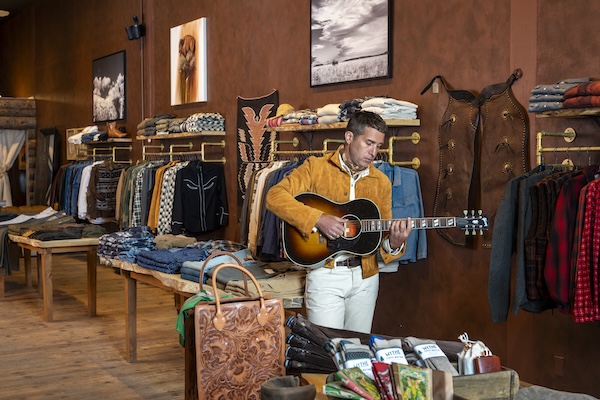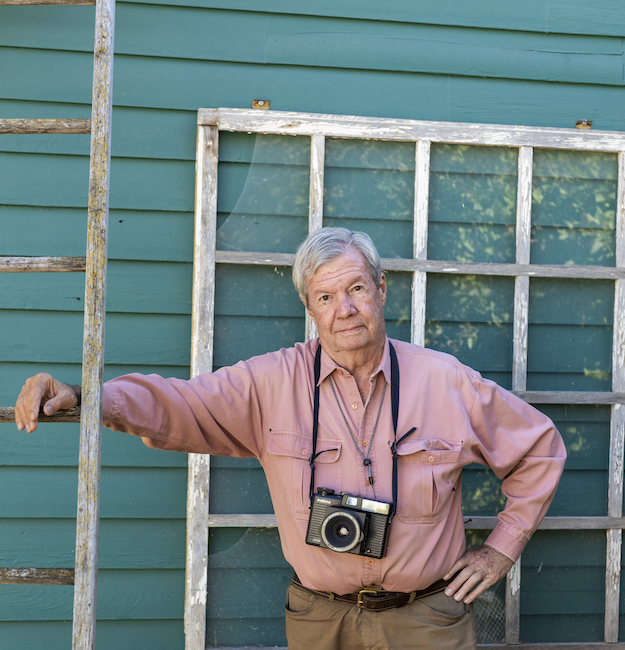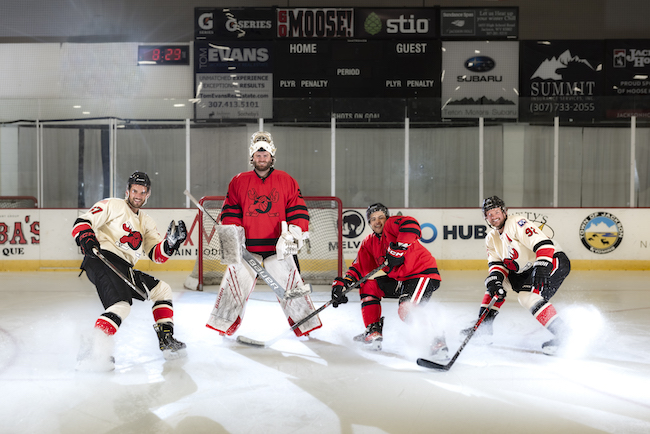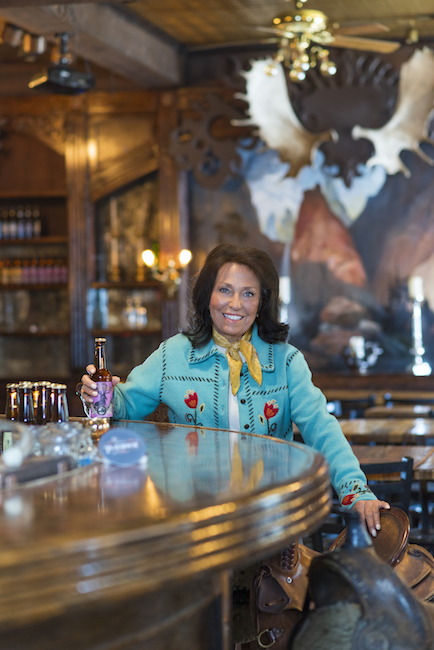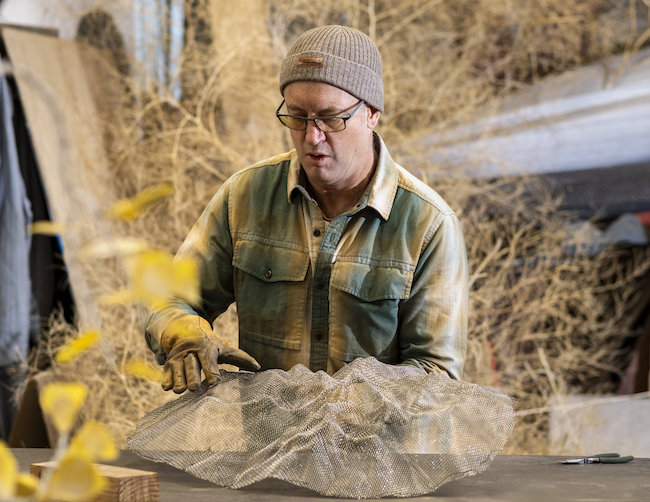At the Mercy of the Elements
16 May 2024
Brittany Mauer embarks on an eight-month sailing trip around the world, only to run into unexpected turbulence
Summer/Fall 2024
Written By: Heather Jarvis | Images: Courtesy Brittany Mauer
It was month four into the trip that things really started to fall apart — both literally and figuratively. Brittany Mauer, a 10-plus year resident of Jackson Hole, was in the middle of her designated shift to sleep below deck when the sailboat she had been on for the last several months was knocked down in a 65-knot gust of wind, and the steering cable snapped.
The captain had disregarded a detailed forecast sent to them from race control and was unprepared for the strong winds that blew in. It wasn’t the first hitch in their journey on Sterna, but it turned out to be the catalyst for Brittany to walk away from the trip of a lifetime.
The Ocean Globe Race, an eight-month sailing adventure around the world, had been a culmination of two years of fundraising, preparation and dreams. Taking off in September 2023, Brittany and the crew completed the first leg of the race from Southampton, United Kingdom, to Cape Town, South Africa, in 49 days — about a week longer than expected. The weather was “exciting,” as Brittany puts it, at one point riding 15- to 20-foot waves in a low pressure system with 50-knot winds. Other days offered no wind, withholding the power to propel them. The race doesn’t allow modern electronics — no computers, satellites, GPS or cell phones — relying on celestial navigation, HF and VHF radios, weather faxes, and keeping a keen eye on weather.
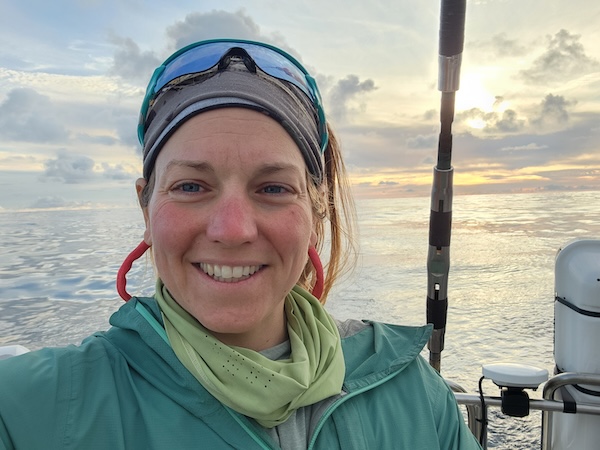
“We were still learning how to work together,” Brittany says from her home in Jackson in February. “We had all sailed on the boat before at different points of the year before the race, but not altogether.” Even after four months of sailing together during the race, however, the crew was still not in sync.
Brittany is no stranger to the ocean, having worked for sail training companies for the last 15 years, bouncing from Jackson to the Caribbean or South Pacific during the mountain town’s off-seasons. Brittany had been preparing both physically and mentally for the challenge since she was accepted to the eight-member team in 2021, and her friends and family had rallied behind her, supporting her both financially and emotionally in her efforts to land her dream.
Two days out from their first port stop in Cape Town, a set of bolts broke off in the mast, preventing the team from using the main sail. They were blown north, getting pummeled in massive waves, before finally limping into port about 10 days after the rest of the fleet. Regardless of the drama, watching the sunrise over Table Mountain while heading into Cape Town was blissful, with over 100 people waiting on the dock to offer them a warm reception.
It was a quick turnaround before they set sail on Leg 2 of the race. “We left Cape Town in high spirits and had a really amazing sail down the coast and around the Cape of Good Hope,” Brittany says. “We thought we were catching a break, we were cruising and having a great time.” They rounded the Cape of Good Hope and Cape Agulhas and crossed the Aghulas current to head off into the South Indian Ocean.

Soon they discovered a leak. Due to the possibility of the boat sinking with this injury, the team was forced to turn back. After spending a week onshore to make repairs, they were back out in the ocean. But their troubles didn’t end there.
One night Brittany felt the steering cable slip. She informed the captain and owner, expecting they would check it at first light. No one did. This was the day the wind forecast was disregarded, and Brittany woke up to 65-knot winds and a snapped steering cable.
“The owner was also told to replace the steering cable in Cape Town, but for some reason he chose not to,” Brittany says. “Regardless of being quite angry at the whole situation, it was time to stabilize the vessel and put the pieces back together.”
While frustrated that the skipper ignored the forecast, it was ultimately the lack of communication and planning that led to Brittany walking away. The team’s leadership continually ignored Brittany’s requests to reevaluate what went wrong.
“We never debriefed our mistakes to make sure something like that never happened again,” Brittany says. “Never in my wildest dreams did I think a ship would be run that way.” In Brittany’s line of work, she was taught to always be diligent. “There is no room for complacency in sailing.”
With four weeks still left on the boat before they would sail into Auckland, New Zealand, to complete Leg 2, Brittany decided she wouldn’t be getting back on with the team for Leg 3 unless they debriefed the incident as a team and really focused on good seamanship and teamwork. That never happened.
“I spent four weeks trying to figure out my reasons for staying onboard,” she says. “The only one I could come up with was that I paid for it. There are a lot of people who never made it off Everest for the same reason.”
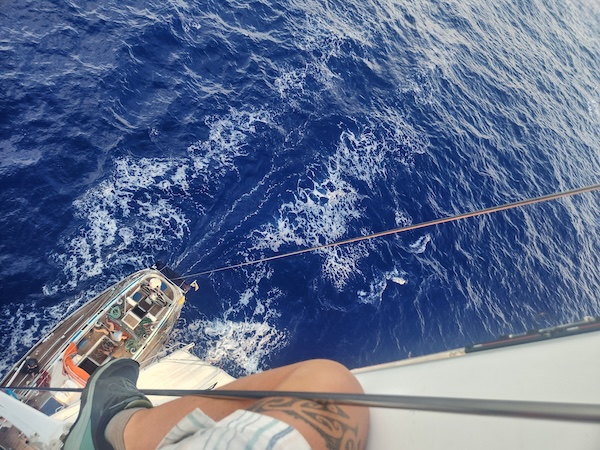
The disappointment is apparent in her voice as she relays her story over the phone from her home in Jackson, a month after stepping off the boat in Auckland. At the time, she was days away from finding out if she would be able to return to Uruguay for Leg 4 of the race — with a different team. Unfortunately, the dream never panned out.
But, along with the turbulence, there was plenty of beauty in her journey. Brittany talks lovingly about being at the mercy of the elements, staying so in tune to the ocean and weather patterns, with 360-degree views of only ocean and sky for thousands of miles. She saw whales up close, dolphins played in the boat’s waves, and albatross became their overhead companions. The stars and moonlight guided them at night, and she saw countless shooting stars and meteors.
“Everyone asks if the ocean is scary and it’s not,” Brittany says. “It’s the human interactions that are the scariest. You are at the mercy of the elements 24 hours a day, and as exciting as it is, you have to respect Mother Nature.”


